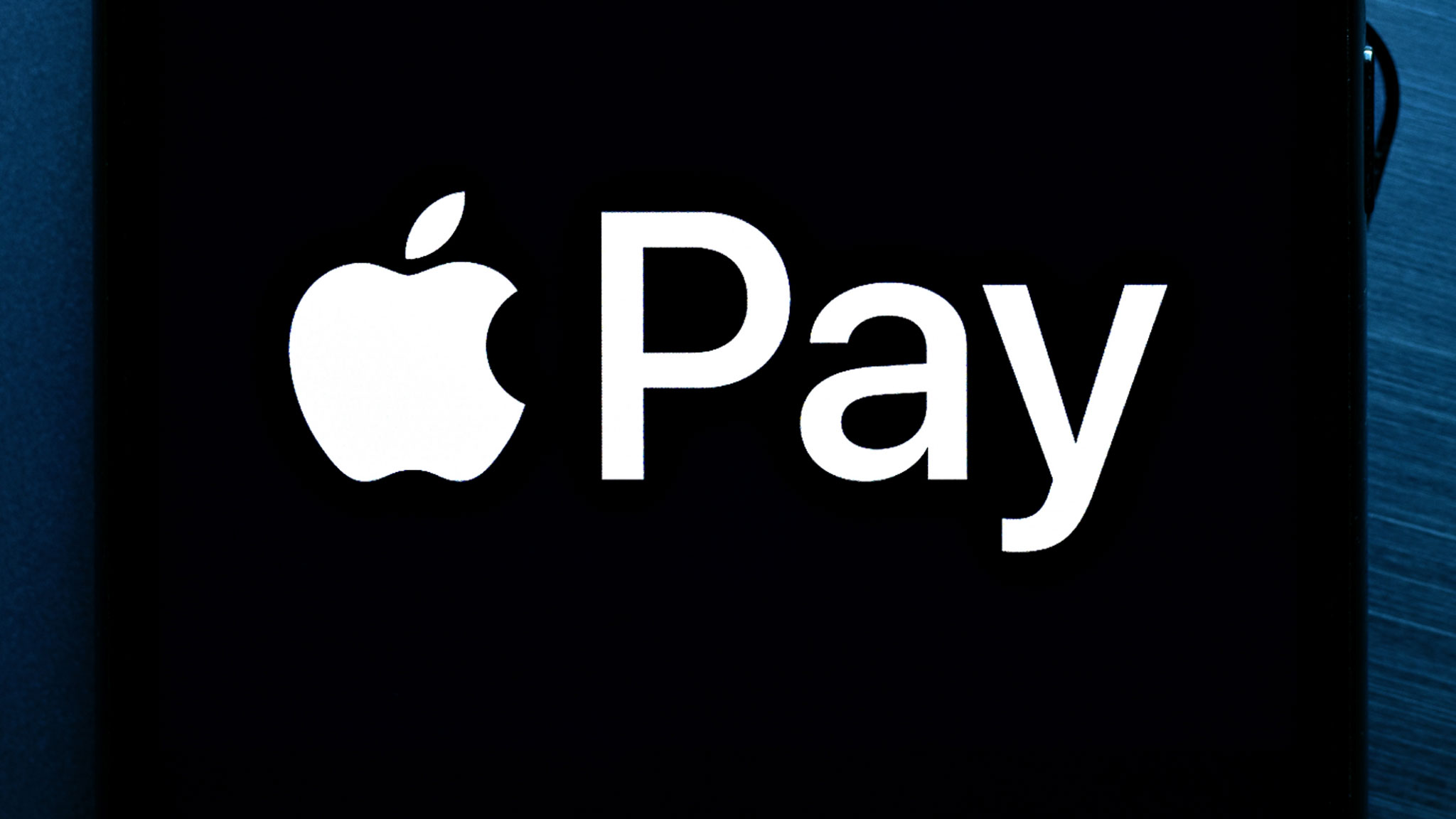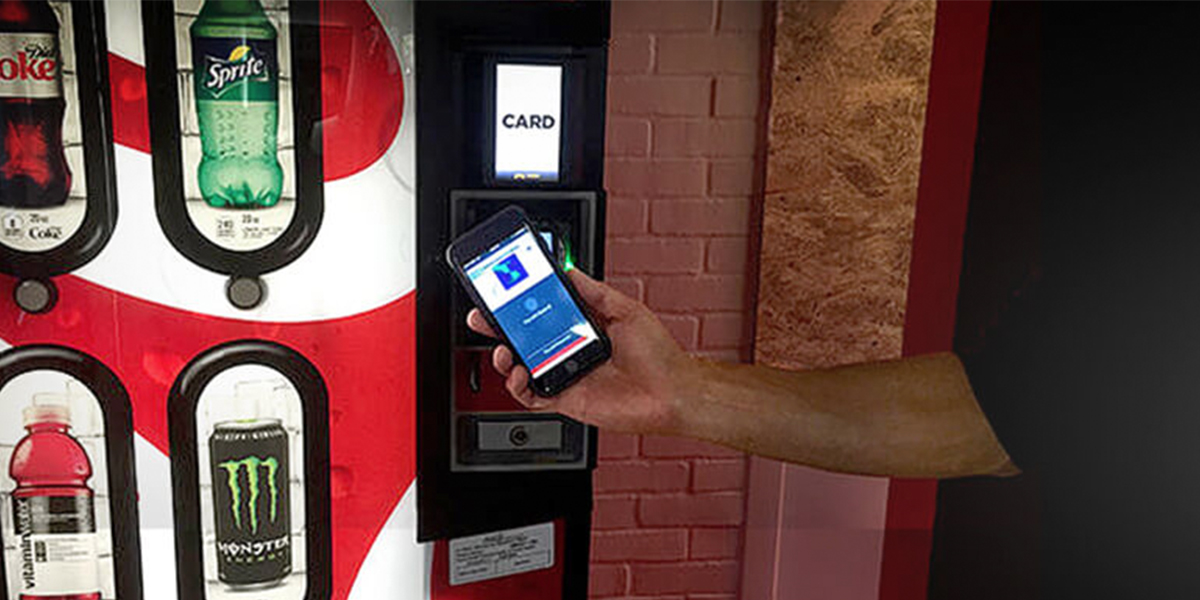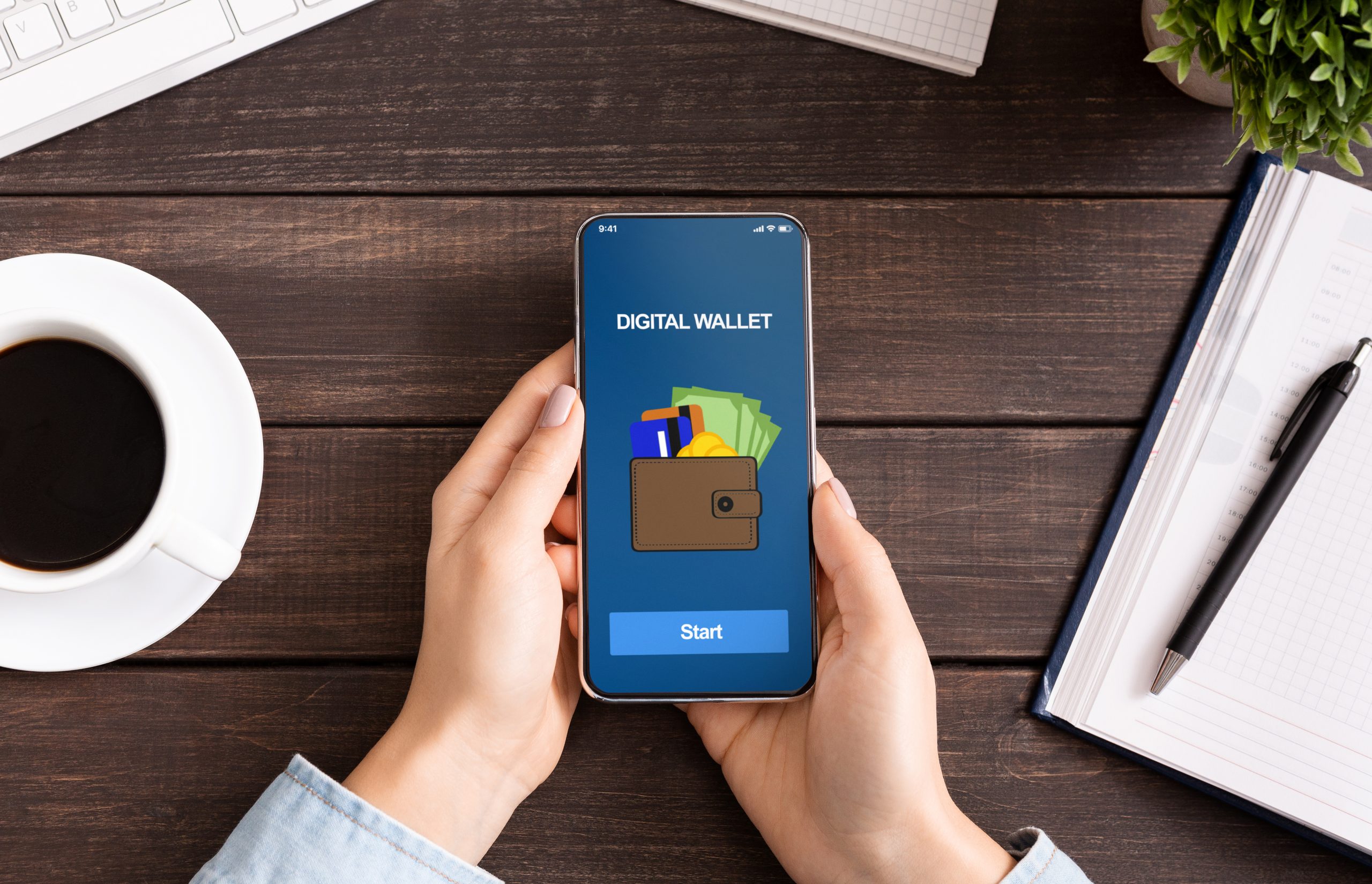
Why Digital Wallets Are Gaining Traction
Digital Wallets have a surprisingly long history: the first use of a digital payment system can be traced all the way back to 1997, when Coca Cola introduced vending machines in Helsinki that allowed consumers to buy a can via a text message.
That model is a far cry from today’s e-wallet world, where users are frequently turning to contactless and other digital payment methods to purchase everything from ride-shares to groceries and beyond. So why have digital wallets taken off? What’s driving the switch to contactless payments, and where will the trend go from here?

Benefits of a Digital Wallet
The term “digital wallet” is a catch-all term that covers both mobile wallets like Apple Pay and other form of digital payments like Venmo. They are rapidly replacing cash and even debit and credit cards.
Convenience
Cash is cumbersome, dirty, subject to damage and easily stolen. Even credit and debit cards fall prey to theft and get misplaced. A mobile or digital wallet lives on your phone, reducing clutter and risk of loss or theft.
Security
Companies like Apple and Google offer an added layer of security to digital payments that cash and credit cards can’t match. All sensitive information is fully encrypted and only accessible by biometric information, a PIN or personal password.
Data
For vendors, digital wallets offer a way to access valuable insights into their customer’s shopping habits. A vendor can see a customer’s shopping history and preferences, allowing them to target marketing more efficiently.
Top 5 Digital and Mobile Wallets

PayPal has been handling digital payments since 1998. It is one of the oldest and most used payment systems around, and can be linked to other wallets like Google Pay and Apple Pay.
In 2013 PayPal acquired Venmo, increasing their footprint in the digital payment sphere.

Probably the most used mobile wallet in the world, Google Pay is ubiquitous on Android devices and can also be used on Apple devices. Users can access Google Pay from any device by entering the account holder’s email address, making it a very convenient digital payment system.

Apple Pay doesn’t have the presence of Google Pay, because it is only available on Apple products. But Apple Pay still holds one of the top spots as one of the most used mobile wallets in the world.
Apple uses Device Primary Account Number (DPAN) technology to protect sensitive information, and the company is well known for taking customer privacy and security concerns very seriously.

Zelle payments are enabled directly through a user’s bank account. Rather than both parties needing a separate Zelle account, anyone with a bank account at a participating financial institution can use the service to send or receive money.
Unlike PayPal, Zelle charges no fees to send or receive money.

AliPay is primarily used in China, where other digital payment systems are not available. Despite that, it is still one of the most used digital payment systems worldwide, simply because so many people in China use it.
What Technologies Are Driving Digital Wallets?
The rise in the popularity of super apps like Rappi has been a huge driver for digital wallet adoption, while the development of easily-accessible APIs by many of the foremost digital payment companies has made building e-wallet apps easier.
Blockchain and cryptocurrency technologies are anticipated to drive the next stage of digital wallet evolution. Digital wallets are powered by a combination of technologies that enable secure and convenient digital transactions. Here are some key technologies driving digital wallets:
- Near Field Communication (NFC): NFC enables contactless communication between devices, allowing users to make payments by simply tapping their smartphones or cards against a compatible point-of-sale (POS) terminal.
- Secure Element (SE): Secure Element is a tamper-resistant hardware chip embedded in smartphones or smart cards. It stores sensitive information, such as payment credentials, securely.
- Tokenization: Tokenization replaces sensitive payment card information, such as credit card numbers, with unique identification symbols called tokens. These tokens are used during transactions instead of the actual card details, reducing the risk of data breaches.
- Biometric Authentication: Biometric authentication methods, such as fingerprint scanning, facial recognition, or iris scanning, add an extra layer of security to digital wallets verifying the user’s unique physical characteristics, ensuring that only authorized individuals can access and use the digital wallet.
- QR Codes: Quick Response (QR) codes are two-dimensional barcodes that can store data, including payment information. Digital wallets often utilize QR codes to facilitate payments by generating unique codes that merchants can scan to initiate transactions. This technology is widely used in peer-to-peer payment apps like Venmo and WeChat Pay.
- Encryption: Encryption is crucial for securing data transmitted between a user’s digital wallet and the recipient. Advanced encryption algorithms protect sensitive information, ensuring that it remains confidential and secure during transmission and storage.
- Mobile Applications: Mobile applications serve as the interface for digital wallets, allowing users to manage their payment methods, view transaction history, and initiate transactions. These apps provide a user-friendly experience, making it easy for individuals to access and utilize their digital wallets on smartphones and other mobile devices.
- Blockchain Technology: Blockchain, the underlying technology behind cryptocurrencies like Bitcoin, is also being leveraged in digital wallets. Blockchain-based digital wallets offer enhanced transparency, security, and immutability for transactions.
These technologies work together to provide seamless, secure, and convenient digital payment experiences, driving the adoption and advancement of digital wallets in various sectors.
What Does the Future Hold for Mobile Wallets?
The Covid-19 pandemic was largely responsible for the recent boom in contactless payment adoption, but digital wallets are not expected to go away anytime soon. By 2025, it’s anticipated that over 50% of e-commerce transaction value worldwide will be accounted for by digital wallet use.

Given that ecommerce is expected to account for almost 25% of all global consumer spending by 20256(and that number has already been exceeded by certain markets) it’s safe to assume that digital wallets use will continue to rise over the next ten years.



































